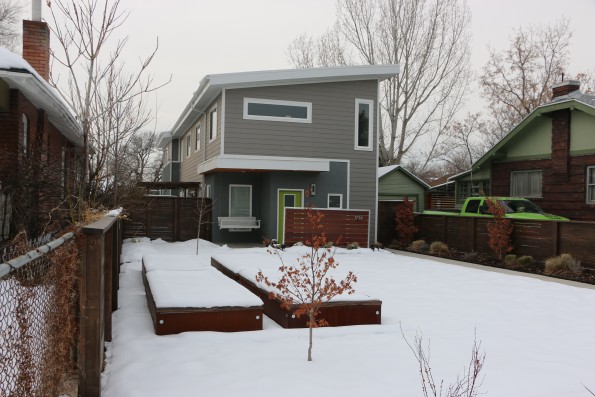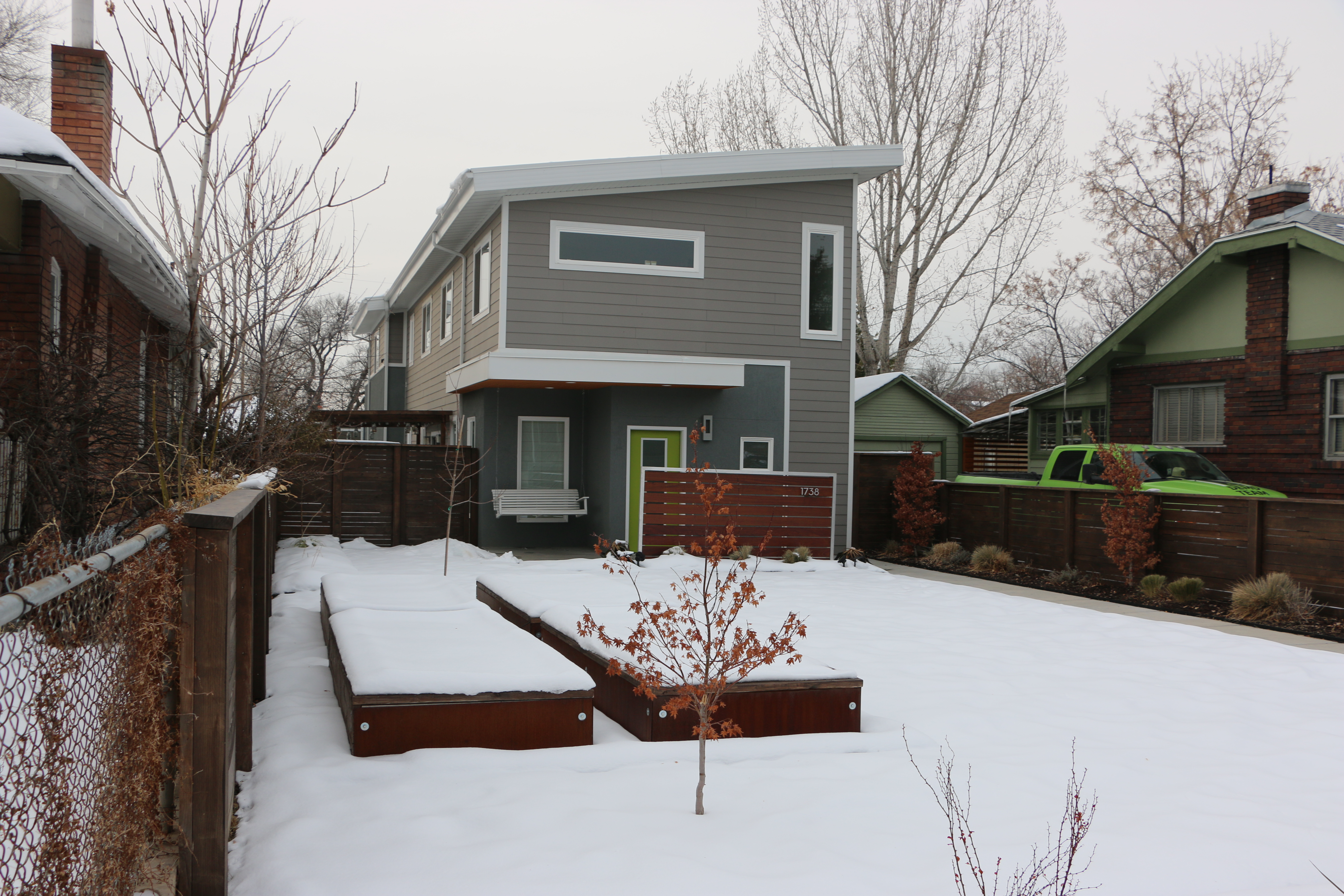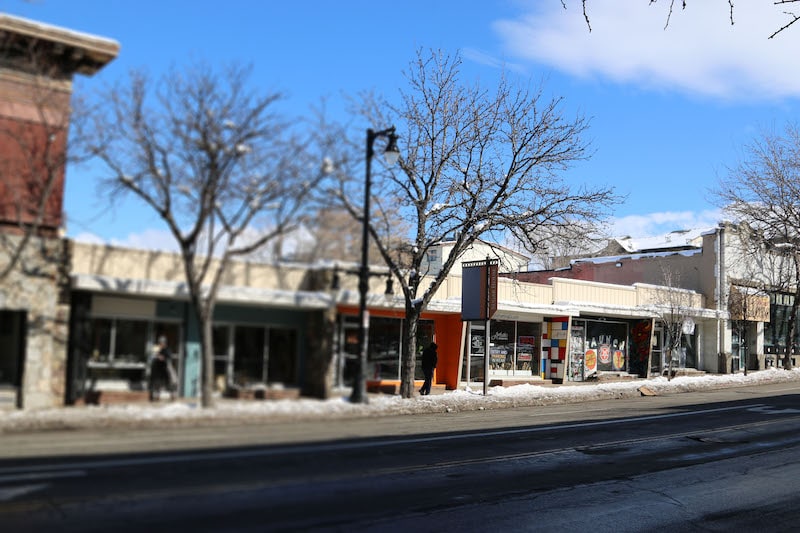
Are large, contemporary box homes the answer to attracting more Salt Lake City residents? If the growth and popularity of Icon Homes is any indication, then we can expect a lot more big boxes coming to a neighborhood near you.
As valley real estate prices reach pre-recession levels, new homeowners are looking for ways to live closer to their work places, but still enjoy some of the benefits of new home construction, for example, walk-in closets, high ceilings and open floor plans.
Enter Icon Homes founder, Jonathan Echlin. Echlin is in the business of infill development, buying vacant lots on which to build new urban contemporary or modern homes. He has built on more than a dozen lots so far. New home buyers want to live in popular neighborhoods such as Sugar House or the 9th and 9th area, and are willing to pay upwards of $500,000 for the modern amenities offered in these boxlike designs.
“The people who buy these homes fall in love with them,” says Echlin. He adds, “Two-car garages, walk-in closets and high-ceilings attract many younger home buyers who also don’t want the added hassle of maintaining a large yard, shoveling snow or maintaining an old home in need of major upgrades.”
Echlin has done three dilapidated home teardowns in Salt Lake. Not everyone is happy with the new arrival of a big box-shaped home in their neighborhood. “I had one older lady who made it very clear to me that she didn’t like the look of the home. This happens sometimes, but you are never going to make everyone happy about change.”
Echlin has a larger vision for Icon Homes. Echlin was born in Berkeley, CA, but grew up outside of Philadelphia, where there is much greater urban density than Salt Lake City, and he sees density as a positive. “We need to stop building out and start building up by using the space we have available in the city.” Echlin has traveled extensively and was inspired by infill development in Seattle, Denver and New York. He says that more urban contemporary housing is going up in these cities and he felt confident that there was a niche he could serve in Salt Lake City, where he has lived the past 10 years. Echlin also sees more infill development as one of the major solutions to curbing the problems Salt Lake City has with increasing traffic jams, pollution and red air.
He contends that if more residents lived in the city, fewer commuters would contribute to the pollution caused by driving and our air quality would improve. Echlin says that millennials aren’t the only demographic attracted to these designs. He has found plenty of families and couples who love the new design and the idea of reducing or eliminating their commute.






